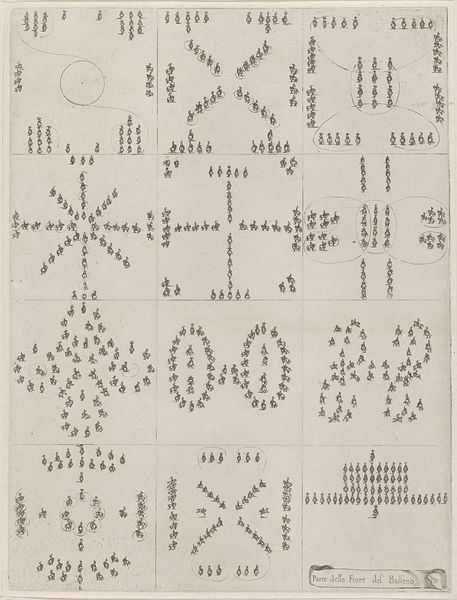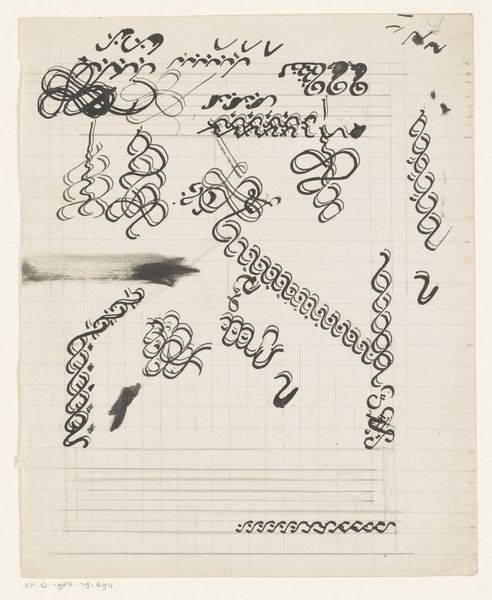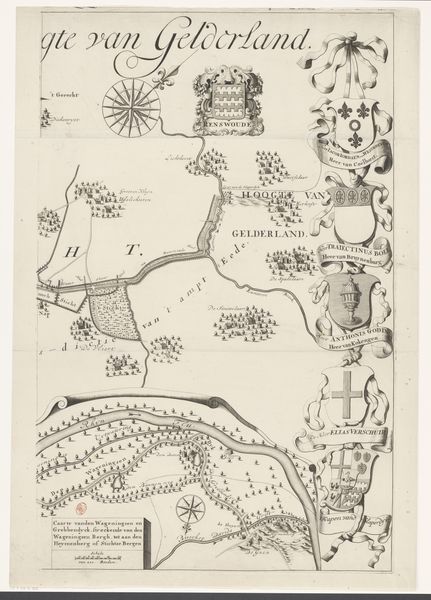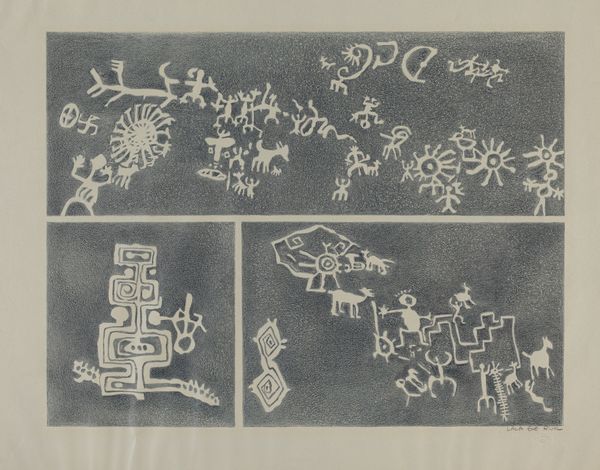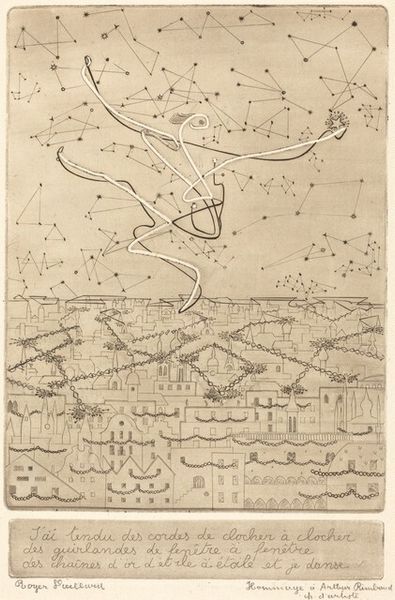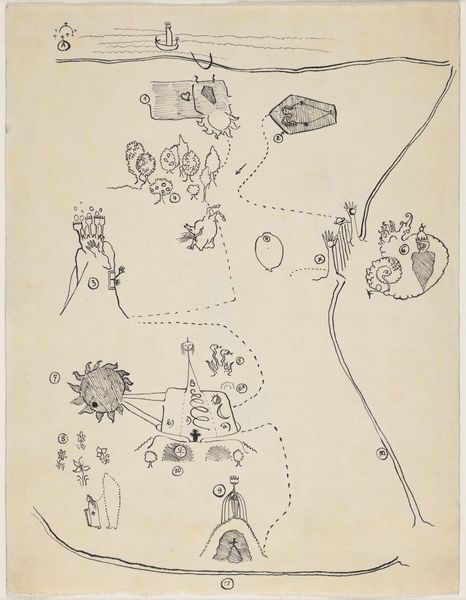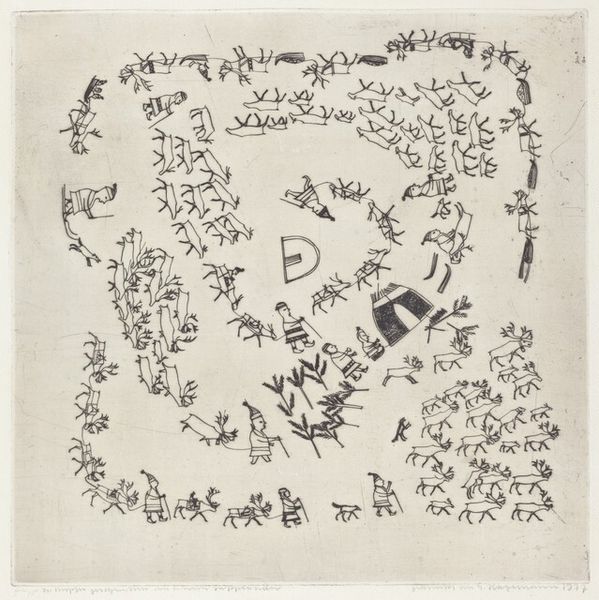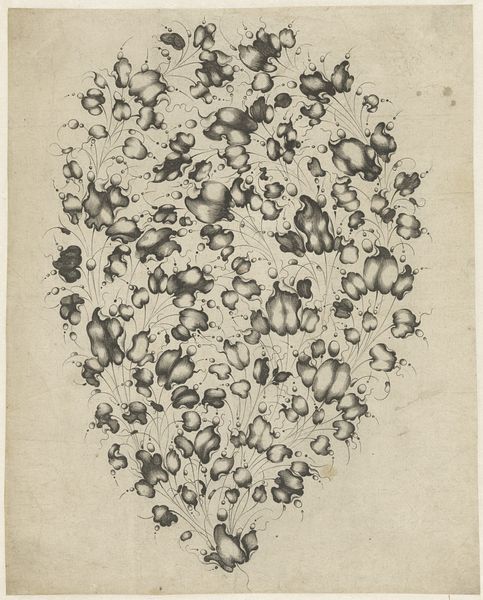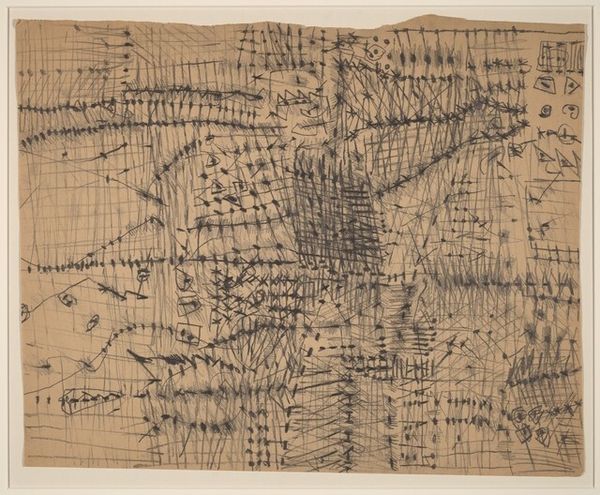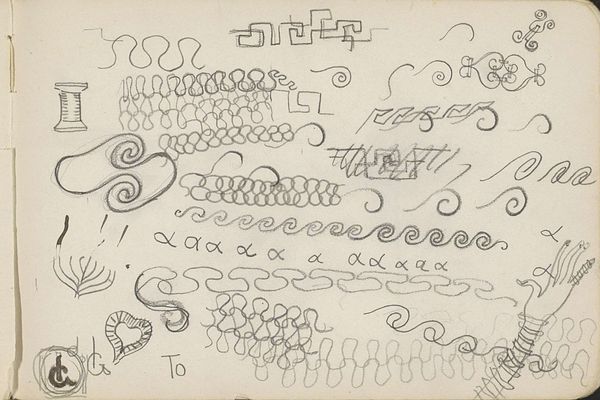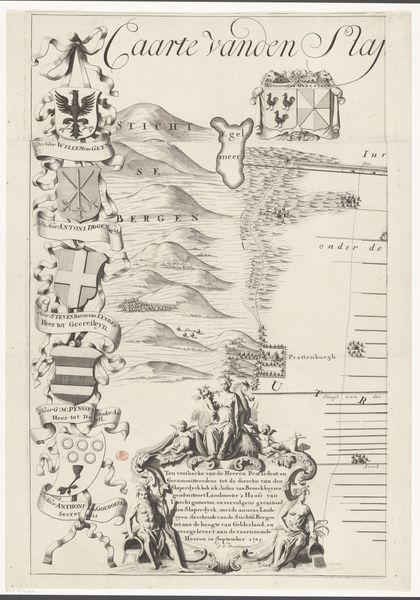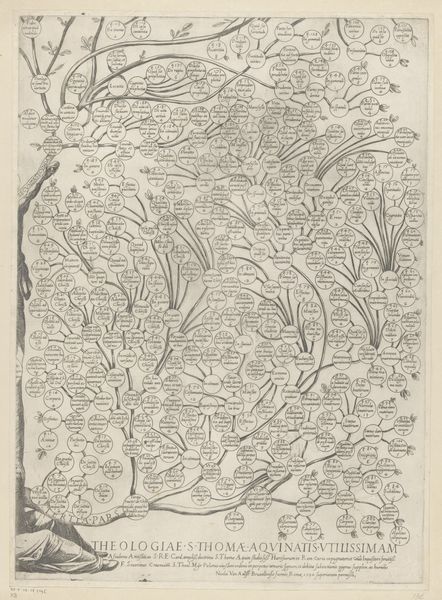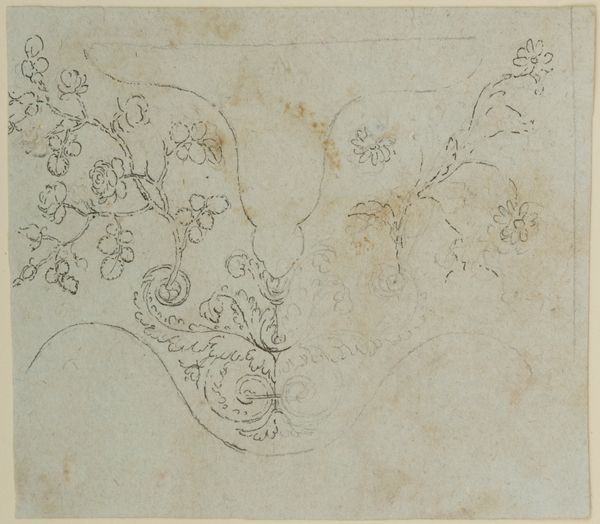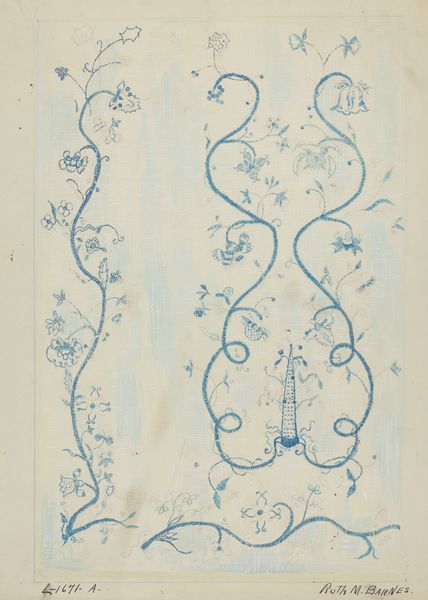
drawing, ink, pen
#
abstract-expressionism
#
drawing
#
pen drawing
#
ink
#
sketchwork
#
abstraction
#
line
#
pen
Dimensions: overall: 44.5 x 35 cm (17 1/2 x 13 3/4 in.)
Copyright: National Gallery of Art: CC0 1.0
Curator: I find myself immediately drawn into the energetic chaos of this untitled ink and pen drawing by Jackson Pollock, created sometime between 1939 and 1942. What springs to your mind upon viewing it? Editor: The term "controlled frenzy" comes to mind. The immediate impact is a sense of primordial markings. These aren't just doodles; there’s a rawness that suggests ritual or automatic writing. I find a narrative impulse. Curator: Indeed. Pollock’s work from this period is heavily influenced by his engagement with Jungian psychoanalysis and Surrealist automatism. We can view these marks as visual manifestations of the unconscious, rendered public on paper. His deep personal struggles played out in the social contexts and artistic movements. Editor: The visual vocabulary points to something deeper. I see fragmented figures, possibly mythical beasts, interspersed with geometric patterns and chaotic hatching. Does the visual tension hint at the internal struggle to integrate shadow aspects of the self into something whole? Curator: Exactly! The psychoanalytic reading is supported by the intellectual currents of the time. Pollock's work reflects a shift, both artistic and societal. Art historians see that shift as a departure from traditional representation to internal exploration in art, as societal values transformed during a global war. Editor: You see the war; I see primordial origins! Look at the spattering—they seem like early cartography, or maps of a dreamscape. Each symbol, each dark mark is charged with latent meaning. What meaning was embedded, and what does this hold for current observers? Curator: Well, it is up to us, viewing within the context of the museums and academic spheres. But ultimately, this artwork serves as a critical juncture for thinking about art’s public role in making meaning, particularly during a moment of societal crisis. Its continued display in a museum only perpetuates the social weight. Editor: Right. Still, beyond historical implications, the piece whispers across generations. It reminds us of our shared quest to understand and express something beyond the purely rational. Those early cultural symbols resonate—and that's precisely why we have this continued impulse to capture and interpret it. Curator: I agree; the visual language Pollock started to create in these drawings continues to provoke, pushing against conventional boundaries, both within the art world and our wider society. Editor: Pushing us towards our subconscious. Ultimately, I can't help but to wonder if these weren’t only personal explorations, but warnings echoed across time.
Comments
No comments
Be the first to comment and join the conversation on the ultimate creative platform.
